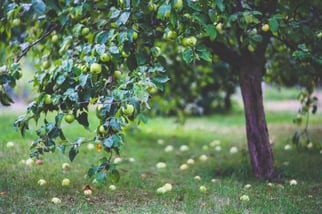How Rusty Old Padlocks on Jacksonville's Riverwalk Are Teaching Us a Forgotten Lesson About Quality Wire Products
During my morning stroll along the Jacksonville Riverwalk today, something caught my eye beyond the functional cable wire barriers that protect pedestrians from the river below. These sturdy cables—similar to the quality wire products we've been distributing since 1891—have become something unexpected: a canvas for community expression.
A Canvas for Community Expression
Padlocks of every size, shape, and color now adorn these cables—a growing collection that adds character to our waterfront. The diversity is striking: pink and purple locks catching the sunlight, brass and stainless steel ones gleaming against the water, and three in a particularly beautiful shade of green that stood out against the backdrop of the river.
While most are traditional key locks, I noticed several combination padlocks with their distinctive dial mechanisms. Most captivating was an antique iron padlock, its rusty surface suggesting it might date back to the 1800s, telling stories of generations past.
A Testament to Love and Community
What really touched me was a personalized heart-shaped lock with a photograph of a couple on one side and their names and dates engraved on the other—a permanent testament to their relationship. It's truly a delightful tradition taking root here in Jacksonville, transforming these safety cables into something meaningful for our community.
Beyond Functionality: The Possibility of Fencing
Here's my thought for you today: What unexpected purposes might your fencing serve beyond its intended function? Whether it's our premium wire mesh creating a garden display, our plastic netting supporting climbing plants, or our steel t-posts forming the backbone of your property, our products provide both security and possibility.
I'd love to hear if you've noticed these locks on the Riverwalk or if you've found creative uses for your fencing materials. Share your stories with us!
Call to Action
Call Terry at 978-486-3116 to order your fencing products today! At Louis Page, we've served customers since 1893!
Let’s lock in the uniqueness!













